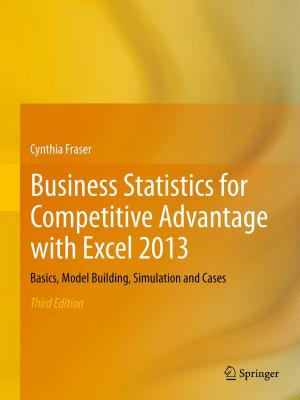Energy Efficient Thermal Management of Data Centers
Nonfiction, Science & Nature, Science, Physics, Thermodynamics, Technology, Electronics, Circuits| Author: | ISBN: | 9781441971241 | |
| Publisher: | Springer New York | Publication: | March 20, 2012 |
| Imprint: | Springer | Language: | English |
| Author: | |
| ISBN: | 9781441971241 |
| Publisher: | Springer New York |
| Publication: | March 20, 2012 |
| Imprint: | Springer |
| Language: | English |
Energy Efficient Thermal Management of Data Centers examines energy flow in today's data centers. Particular focus is given to the state-of-the-art thermal management and thermal design approaches now being implemented across the multiple length scales involved. The impact of future trends in information technology hardware, and emerging software paradigms such as cloud computing and virtualization, on thermal management are also addressed. The book explores computational and experimental characterization approaches for determining temperature and air flow patterns within data centers. Thermodynamic analyses using the second law to improve energy efficiency are introduced and used in proposing improvements in cooling methodologies. Reduced-order modeling and robust multi-objective design of next generation data centers are discussed.
Energy Efficient Thermal Management of Data Centers examines energy flow in today's data centers. Particular focus is given to the state-of-the-art thermal management and thermal design approaches now being implemented across the multiple length scales involved. The impact of future trends in information technology hardware, and emerging software paradigms such as cloud computing and virtualization, on thermal management are also addressed. The book explores computational and experimental characterization approaches for determining temperature and air flow patterns within data centers. Thermodynamic analyses using the second law to improve energy efficiency are introduced and used in proposing improvements in cooling methodologies. Reduced-order modeling and robust multi-objective design of next generation data centers are discussed.















